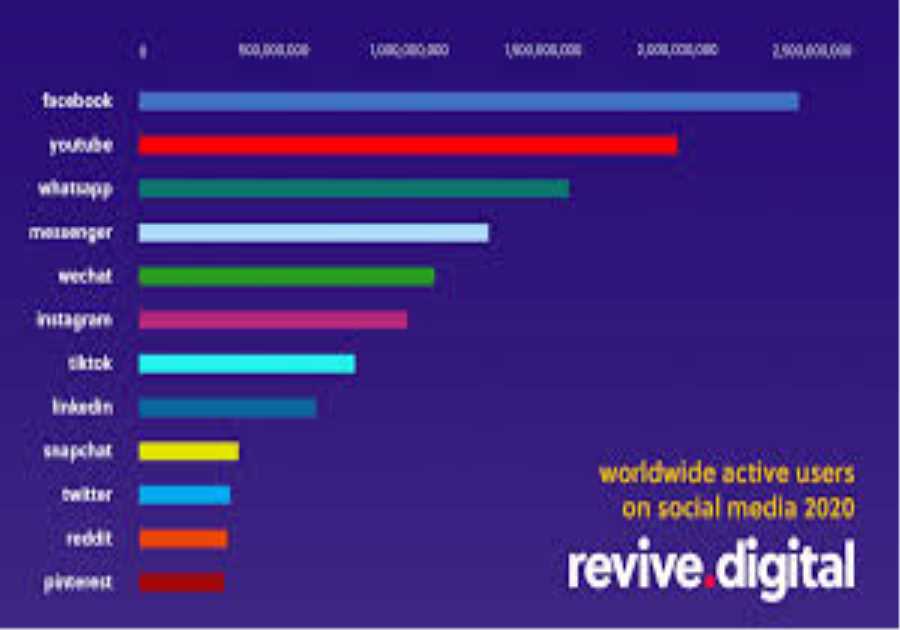
Top 3 tips for success in the crowded ecommerce direct-to-consumer marketplace
For online retailers, Direct-To-Consumer (DTC or D2C) has always been the dream. What’s not to like? You cut out the middleman, retain complete control of your brand, and communicate directly with your customers. The rise of DTC giants like Dollar Shave Club and Casper Mattresses proved the potential of the model. Of course, it also led to a rush of new entrants. In the US, for instance, as more companies embraced the model, DTC sales nearly tripled from $6.85 billion in 2017, to $17.75 billion in 2020 according to eMarketer.
“There’s huge opportunity in the DTC space, particularly as attitudes about buying online have shifted by necessity due to the pandemic” says Berlin native entrepreneur and venture investor Julian Fuchs. “But to succeed in the increasingly competitive DTC landscape, you’ll need ways to set yourself apart.”
For new entrants, sourcing a quality manufacturer and sorting out reasonable shipping times – once the key hurdles – are now just the start of the DTC journey.
Julian, who’s had success investing in and building a number of DTC brands such as Everjump, Klaeny and Maniko, provided PUBLICATION NAME with his top three tips for winning the DTC game.
1. Niche down, but build around a larger theme
“For a newcomer to the DTC space, you’ll of course need to find a winning niche and start small. Importantly though, you’ll want to have a vision and roadmap that allows you to expand into a wider theme,” says Fuchs, who cites the example of Dollar Shave Club. What started as razors, gradually expanded into a complete line of men’s products, from deodorant to hand cream. One of Fuch’s recent projects, Everfit, targets the high-end jump rope niche, but – as the brand name suggests – has a vision to expand into fitness products more generally.
2. Stand for something
With the unprecedented choices now available to online consumers, discerning buyers increasingly make purchase decisions driven largely by their values.That’s why it’s important for your brand to give people something to identify with and get behind. Here Fuchs cites sustainability as a winning approach.
“Whether it’s fair trade, championing human rights, or protecting the environment; when your brand stands for something important, you’re taking a huge leap towards building loyalty and getting buy-in. But you need to be serious about it. People can see through half-hearted attempts at sustainability, and that will backfire.”
This leads us to Fuch’s next tip:
3. Leverage your customers to drive growth
As competition in the ecommerce space has heated up, the cost-per-click for traditional advertising platforms like paid search and social has risen dramatically. And as consumers are inundated with advertising, the effectiveness of paid influencers is likewise waning.
“I’ve seen a number of DTC startups waste precious runway on campaigns that never pay off. That’s why it’s so important to have customers who believe in your vision.”
Fuchs is talking about user generated content (UGC), where the buyers themselves promote the brand. UGC has been proven the most effective organic marketing strategy in recent years, with 90% of consumers saying it now holds more influence over their buying decisions than paid ads, promotional emails, and even search engine results, according to a TurnTo Networks study.
“There are a number of strategies for engaging users to generate content that promotes your brand,” says Fuchs. “And the best strategies are almost completely organic. GoPro is the go-to example here, with thousands of users uploading their videos to Youtube. More often than not, though, you’ll need to provide some motivation. For example, offer a prize for the best UGC.”
Looking for venture funding tips? Julian Fuch’s venture firm DigitalRain has a great educational blog.
The post The Winning DTC Playbook With Entrepreneur Julian Fuchs appeared first on Social Media Explorer.
Did you miss our previous article...
https://socialmediaamplification.com/social-media-analysis/history-of-valentines-day






